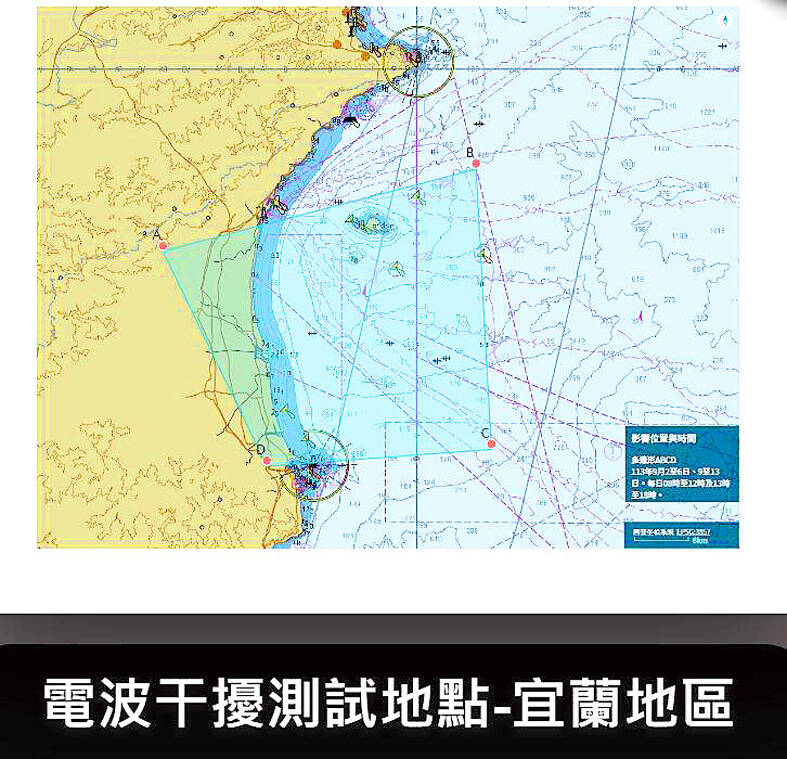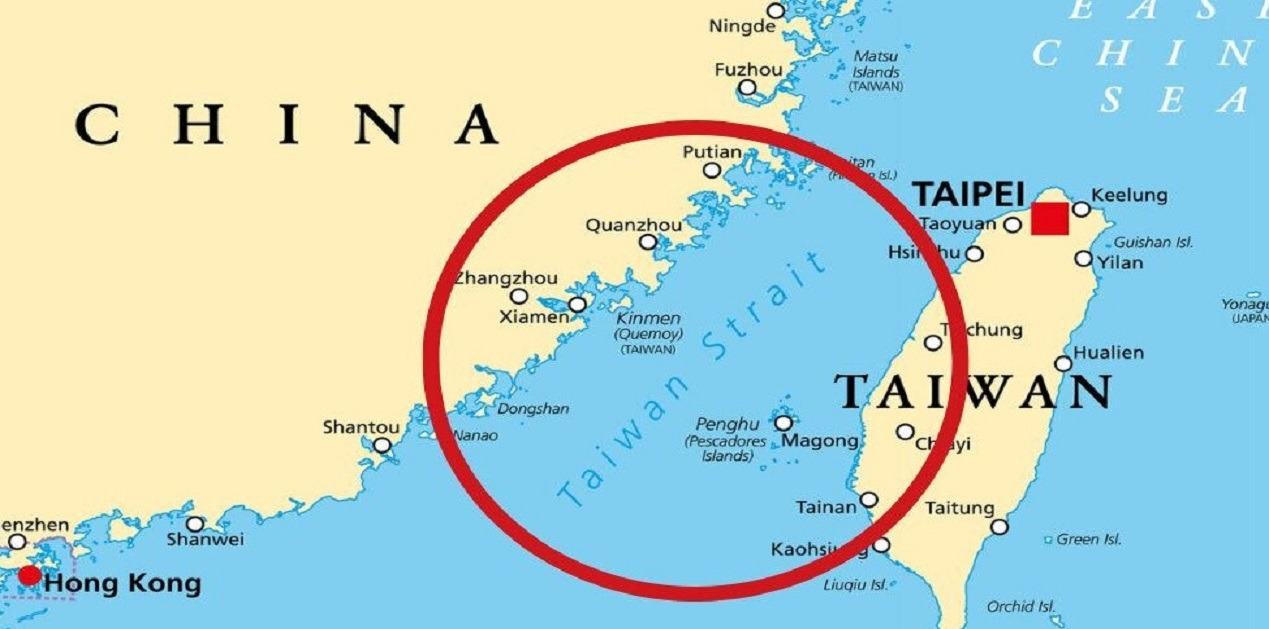Taiwan is closely observing the ongoing Russia-Ukraine War amid escalating threats from China. While it is believed to have learned critical lessons from the Ukrainian forces to thwart invasion, it may now be drawing inspiration from Russia on the usage of Electronic Warfare (EW).
A Taiwan government notification said the country is scheduled to test a jamming device in September that could result in widespread electromagnetic interference in the sea near Yilan County and along its coastline. The notification restricted navigation in the test area.
The notice from the Ministry of Transportation and Communications, cited by Taipei Times, stated that two radio jamming experiments would take place from September 2 to 6 and from September 9 to 13, covering the coastal area between Toucheng and Suao townships and the neighboring sea.
The report, quoting unknown sources, indicated the testing is for a new mobile electronic warfare system being developed by the Chungshan Institute of Science and Technology for military use. The sources mentioned that the system has sufficient power to disrupt civilian electronics within its range, which is why the trials are conducted at sea.
Currently, there is no information on whether the system is an improved version of something already in use or an all-new capability. However, EurAsian Times understands that besides importing EW equipment, Taiwan is also developing its electronic warfare equipment as part of its asymmetric warfare strategy against China.

China maintains that Taiwan, a self-governing island, is a breakaway province that must reunite with the Chinese mainland. The leadership in Beijing has made no bones of the fact that it will seize Taiwan with force if necessary.
Although Taiwan has been keenly watching Ukraine’s military’s response to the Russian invasion so far, it may be forced to examine Russia’s state-of-the-art EW capability, which has posed a massive hurdle to Ukraine.
Russia’s jamming technology has been credited with disrupting some of the most advanced munitions supplied to Kyiv by NATO. As per several media reports and reports from the warzone, Russian electronic warfare has made precision-guided weapons almost ineffective.
In April of this year, reports indicated that the Ground-Launched Small Diameter Bomb (GLSDB) had effectively failed in combat, unable to hit its target because of Russian electronic warfare systems.
Similarly, in March this year, senior fellow Daniel Patt of the Hudson Institute stated in Congressional testimony that the targeting system for the GPS-guided Excalibur round in Ukraine dropped from 70 percent effectiveness to 6 percent effectiveness over a matter of a few months as new Russian EW mechanisms came out.

CNN reported last spring that GMLRS (Guided Multiple Launch Rocket System) missiles have also been steered off course by Russian electronic warfare attacks. Additionally, Russia has effectively employed electronic warfare to counter GPS-guided Joint Direct Attack Munitions (JDAMs), which are modified aerial bombs.
The experience from the war, which is more than two years old now, suggests that while Ukraine has been armed with lethal precision munition capable of dealing a severe blow to Russia, the EW capabilities of the Russian forces have managed to avert pinpoint attacks on multiple occasions.
While Ukraine has also deployed some cutting-edge EW systems, Russia has emerged as a clear winner in EW warfare, according to several assessments undertaken over the past two years. Taiwan is seemingly taking inspiration from the wonders that Electronic Warfare can do on the battlefield.
The Russia-Ukraine war has given Taiwan “great inspiration,” former President Tsai ing Wen’s office told Reuters last year.
“In Russia’s invasion of Ukraine, the entire world saw the importance of drones. For future generations, drones will play a vital role in both civilian and military applications,” the President’s office said. “For a country with advanced industries, Taiwan cannot be absent.”
Taiwan Is Developing Electronic Warfare Capability
Taiwan has been enhancing its military capabilities to prevent an invasion by the Chinese People’s Liberation Army (PLA). Although it faces a significant numerical disadvantage in offensive capabilities, Taiwan has been investing in defensive weapon systems, with advanced radar and electronic warfare systems receiving top priority.

The Chungshan Institute of Science and Technology is reportedly producing three different types of jammers for the military, including a system the army uses to counter drones, a system that may interfere with signal-activated improvised explosive devices, and a mobile jammer system that can be deployed on a truck.
The source claimed that the jammer truck is the most potent technology. It can detect, interpret, and disrupt broadband transmissions within the extremely high to very high-frequency range while also determining their origin to enable other resources to execute targeted operations.
The institute is designing next-generation jammer systems to keep up with the constantly changing threats and the increasingly complicated environment in which electronic warfare operations are conducted.
Since 2018, the Taiwanese government has identified priority weapon systems as China flexes its muscles. These systems encompass advanced missiles, drones, electronic warfare technologies, fighter jets, and ballistic missile defense systems—all of which require increased investment.
Recently, Taiwan has been using its electronic warfare units in combat exercises to practice coordinating a unified response to a potential Chinese assault. For instance, EW units were deployed alongside fighter jets, Tien Kung air defense missiles, Patriot missiles, and anti-aircraft cannons were also deployed in the quarterly joint Air Defense drills conducted in June 2024.
- Contact the author at sakshi.tiwari9555 (at) gmail.com
- Follow EurAsian Times on Google News




